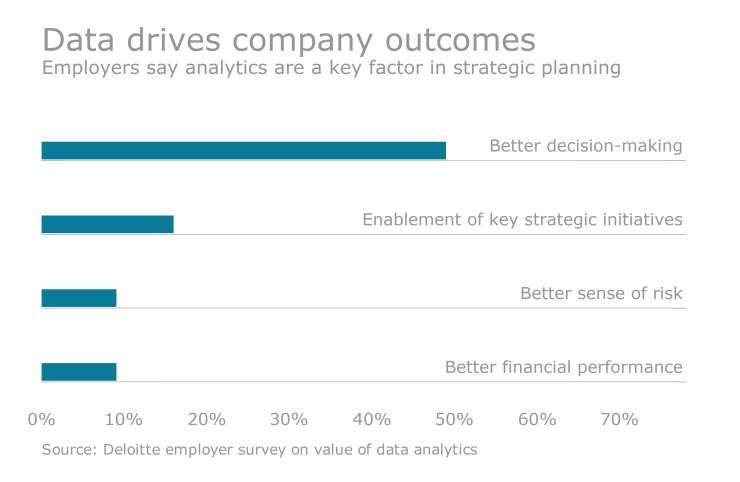This year saw employee benefit advisers and employers adopt technologies such as data analytics, data transparency tools and cloud-based solutions to serve the needs of employees. Although these tools have been around for years, industry experts note that their use has spread to support the delivery of such benefits as ID protection, debt consolidation and caregiver resources.
“We are seeing an explosion in terms of the number of point solutions that are available now that are leveraging data and technology in trying to bring solutions in more real time,” says Brian Marcottte, president and CEO at National Business Group on Health. “We are seeing a shift from a one-size-fits-all communications approach to a personalized approach. And we are seeing that in engagement platforms, like Jiff or Revive, or point solutions like Livongo, which addresses diabetes, which can really engage somebody in the moment.”
The use of data transparency tools for examining the cost of medical procedures moved from concept to practice this year. Tech-savvy Millennials were a driver, according to David Reid, CEO of HR tools provider EaseCentral. “They are analytical and they want access to on-demand information immediately, so I think that the stage is set for that direction.”
HUB International Midwest’s COO Jeffrey Faber says that along with ID protection and debt consolidation programs, data transparency was a popular open enrollment offering this year. Employees use these tools “when you consider that standalone imaging facilities are three to eight times less expensive than an in-house hospital facility. Employees need to understand that they will pay 100% of that cost until they meet that deductible in that consumer-driven plan, so there is every effort being made to make sure the employee is checking those transparency tools.”
Analytic tools are embedded in almost every single off the shelf program, including talent management systems, recruitment tools, payroll and more, and the HR professionals are using analytics to provide better data to company executives to make better decisions, according to Carrie Barth, a solutions consultant for Lockton Benefit Group. “There are analytics that are looking at retention and systems are providing data about how many miles the employee lives from the office, what skills the employees have, how long they have been with the company, and have they updated any of their professional social media sites,” she says.
Data protection was a big concern this OE season, especially in the wake of news stories about spectacular data breaches inside Uber and Equifax. “ID theft has been a big conversation point in the last three or four months and has been heightened by the Equifax breach, but it started three years ago with the Target breach. A lot of employers want to understand their role in their employee’s lives,” says Faber.
The use of technology expanded beyond distributing Fitbits to employees and holding step challenges among the deskbound staff. Now technology is touching other parts of the employee benefits space.
For example, caregivers are using Torchlight, a cloud-based program that delivers benefit resources to men and women who care for elderly and infirm parents and relatives. Its platform calibrates on a local level a variety of information pertaining to caregiving needs. That may involve special education regulations on a state-by-state basis to determine eligibility for services in public schools and early intervention programs.
Earlier this year, IBM and Metlife announced plans to create an end-to-end benefit technology product aimed at brokers, special agents and employers. The IBM Insurance Platform will feature cognitive computing, data analytics and integration and security capabilities designed to help insurers expand access to their products and capture new customers. The insurance platform on the IBM Cloud will give MetLife the ability to tailor and scale its benefit offerings from quote to claim. Through a digital experience, customers and brokers will have access to a broader selection of group benefits, including: life, dental, vision, disability, voluntary and other products. The product goes live in the fourth quarter of 2018.
Technology also started to address employees’ concerns for financial wellness, driven by Millennial’s worries about paying of their college debt. Benefit technology provider Questis has put together a platform that gathers data and make suggestions on where employees should focusing their investments. Meanwhile, Willis Towers Watson developed a program that addresses retirement readiness.
In the end, it all comes back to data.
EBA Tech Adviser of the Year Manish Kumar of Sequoia Consulting Group grew its IT team from three programmers to a team of 20 to create cutting-edge benefit technology tools. The first step was to sort out the disparate data that clogged previous benefit IT projects; this allowed him and his team to build a new enrollment middleware architecture.
“Unless you have the data, you can’t do anything, right?” he says.






